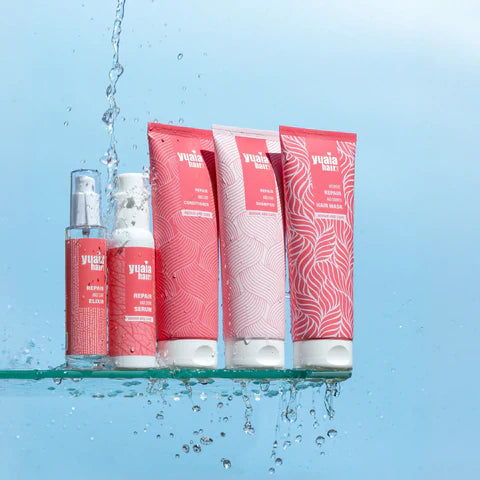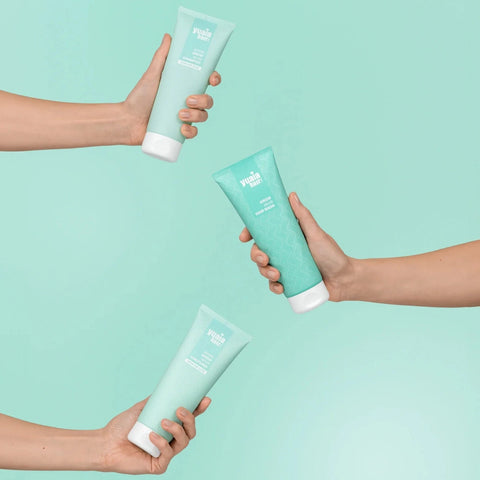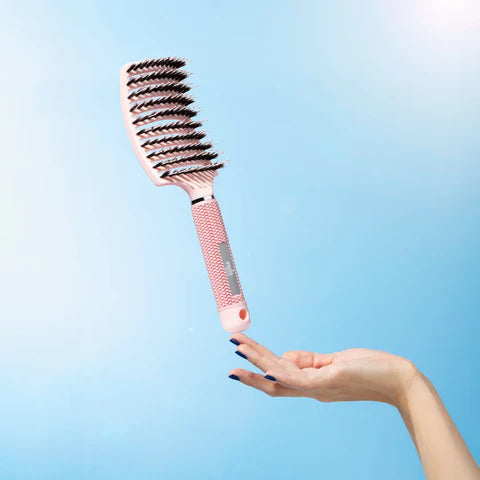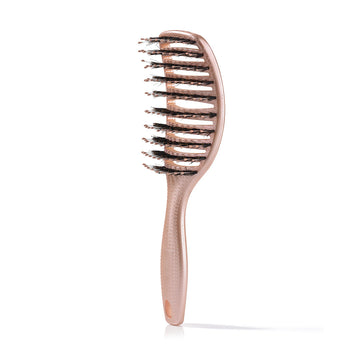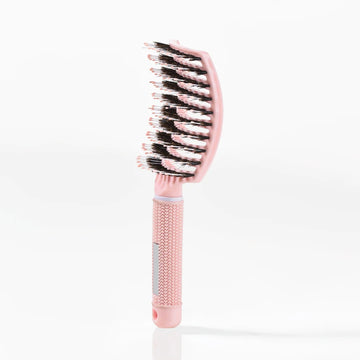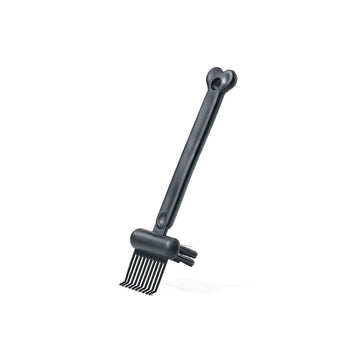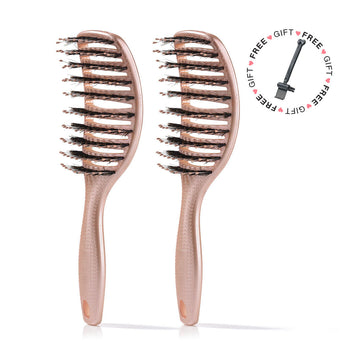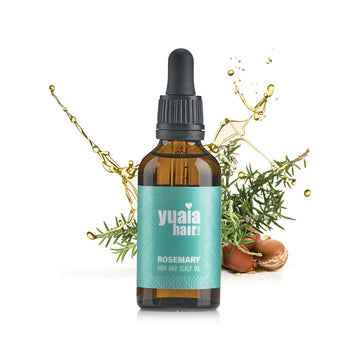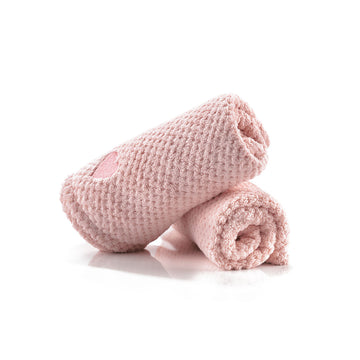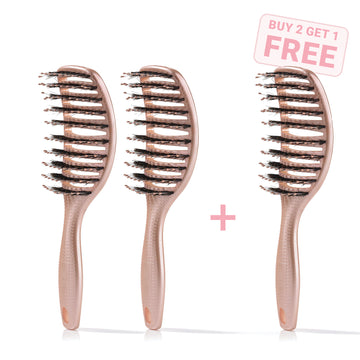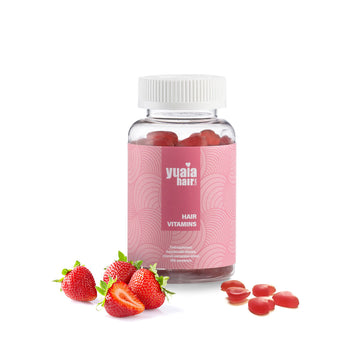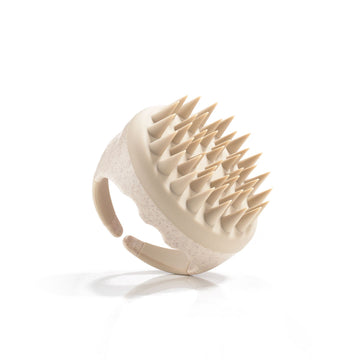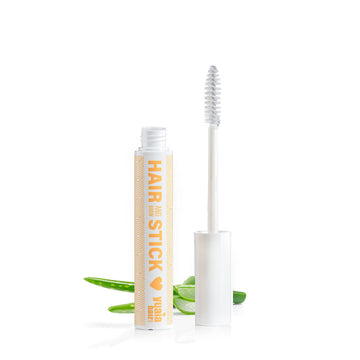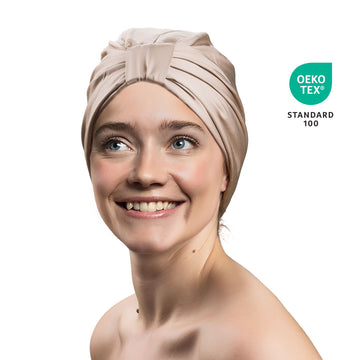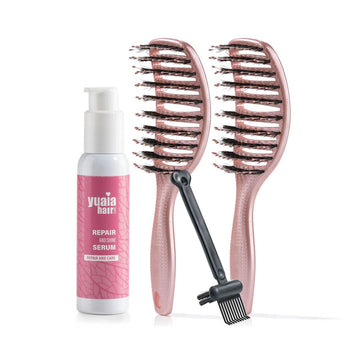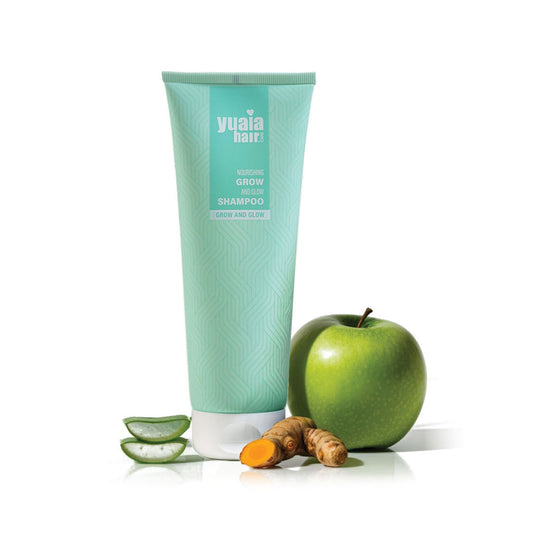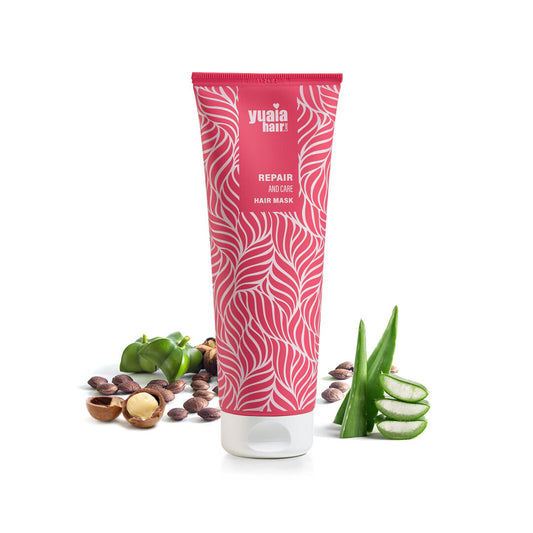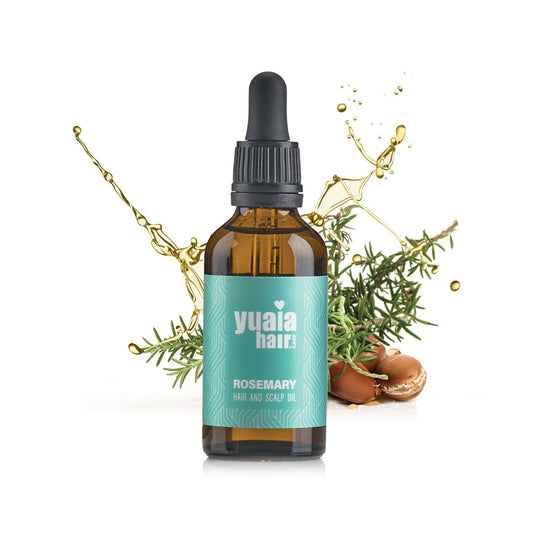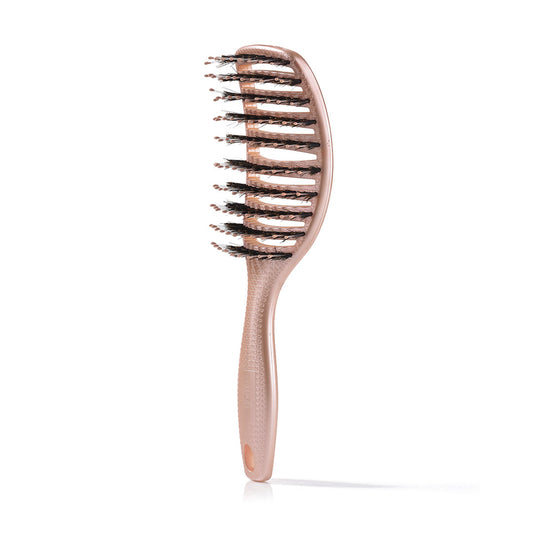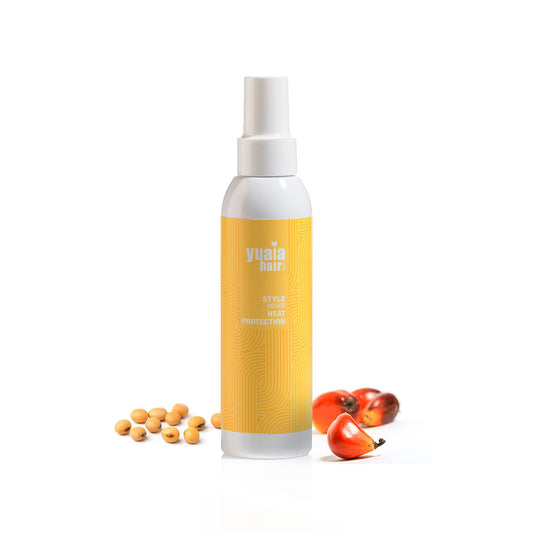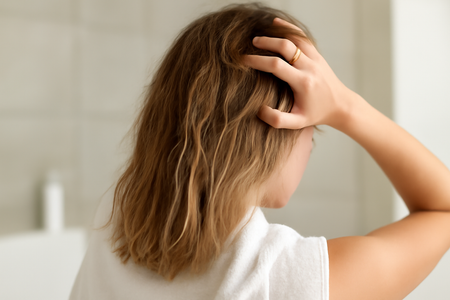
Deep conditioning and repair methods
Once you've taken immediate steps to prevent further damage, it's time to focus on repairing and rejuvenating your hair. Deep conditioning and repair methods are essential for restoring moisture and elasticity to fried hair.
Rich hair masks
Deep conditioning masks are a powerful way to infuse moisture back into your hair. These masks often contain ingredients like keratin and argan oil, which are known for their hydrating and strengthening properties. Applying a rich hair mask once or twice a week can help improve the texture and resilience of your hair. Simply apply the mask to clean, damp hair, leave it on for the recommended time, and rinse thoroughly.
Bond repair treatments
Bond repair treatments work by repairing the internal structure of your hair, which can be damaged by heat and chemical treatments. These products rebuild broken bonds within the hair, enhancing its strength and elasticity. Regular use of bond repair treatments can significantly improve the health and appearance of fried hair, making it smoother and less prone to breakage.
Natural oils for moisture
Incorporating natural oils into your hair care routine can provide much-needed moisture and nourishment. Oils like coconut, olive, and argan oil can be used as pre-wash treatments or leave-in conditioners. For example, our rosemary hair oil is an excellent choice for adding shine and hydration. Simply apply a few drops to your palms, rub them together, and smooth the oil over your hair, focusing on the ends.
Long-term hair health strategies
While immediate repair methods are crucial, establishing long-term hair health strategies ensures your hair remains strong and healthy over time.
Protein treatments
Protein treatments can help rebuild the structure of your hair, making it more resilient against future damage. These treatments work by filling in gaps in the hair's cuticle, which can become compromised due to styling and chemical exposure. Incorporate a protein treatment into your routine every few weeks to maintain your hair's integrity.
Professional salon treatments
For those with severely damaged hair, professional salon treatments can offer advanced restoration. Options like keratin treatments can smooth and strengthen the hair, while other treatments focus on replenishing moisture and repairing damage at a deeper level. Consult with a professional stylist to determine the best treatment for your hair type and condition.
Holistic care
Beyond topical treatments, holistic care plays a vital role in maintaining hair health. A healthy diet supports hair health, providing the necessary nutrients to keep your hair strong and vibrant. Additionally, adopting a gentle hair care routine and minimizing exposure to damaging elements will contribute to long-lasting hair health.
Brushing techniques for damaged hair
When dealing with fried hair, the way you brush can make a significant difference in minimizing breakage and promoting healthier hair. Using the right brush is key. Our Curvy Brush is made to gently detangle while distributing natural oils throughout the hair. This helps to add shine and reduce the risk of further damage.
Timing is also important. Brush your hair when it is dry, as wet hair is more prone to breaking. If you must detangle wet hair, use a wide-tooth comb and start from the ends, gradually working your way up to avoid pulling and breakage.
Common questions about repairing fried hair
What is the best way to prevent hair from getting fried again?
Preventing further damage involves several proactive steps. First, always use a heat protectant before styling to shield your hair from high temperatures. Regular trims can also help remove split ends and prevent them from traveling up the hair shaft.
How often should I use deep conditioning treatments?
The frequency of deep conditioning treatments depends on your hair type and level of damage. Generally, once a week is beneficial for most hair types, but severely damaged hair might benefit from more frequent treatments. Pay attention to how your hair responds and adjust as necessary.
Can fried hair be fully restored?
While fried hair can significantly improve with the right care, complete restoration depends on the extent of the damage. Consistent use of repair treatments and adopting healthier hair practices can lead to noticeable improvements, making hair look and feel healthier over time.
Protective hairstyles and routine adjustments
Integrating protective hairstyles into your routine can help minimize damage. Styles like braids, buns, or twists reduce exposure to environmental stressors and limit the need for heat styling. Additionally, using a microfiber towel for drying can prevent friction and breakage, as it is gentler on the hair compared to traditional towels.
Routine adjustments, such as spacing out wash days and opting for gentle, sulfate-free products, can also contribute to healthier hair. These changes reduce the stripping of natural oils and help maintain moisture levels.
Frequently asked questions
What are the signs that my hair is fried?
Signs of fried hair include excessive dryness, brittleness, split ends, and a dull, lifeless appearance. You may also notice increased breakage and difficulty managing your hair.
How long does it take to repair fried hair?
The time it takes to repair fried hair varies depending on the severity of the damage and the consistency of your care routine. With diligent care, improvements can be seen within a few weeks, but full recovery may take several months.
Are there any specific products that can help with repairing fried hair?
Yes, products such as deep conditioning masks, bond repair treatments, and natural oils like our rosemary hair oil can aid in the repair process. These products help replenish moisture, strengthen hair, and improve overall texture.
 Consegna in 2-4 giorni
Consegna in 2-4 giorni
 Oltre 100.000 clienti soddisfatti
Oltre 100.000 clienti soddisfatti
 Garanzia di soddisfazione
Garanzia di soddisfazione


